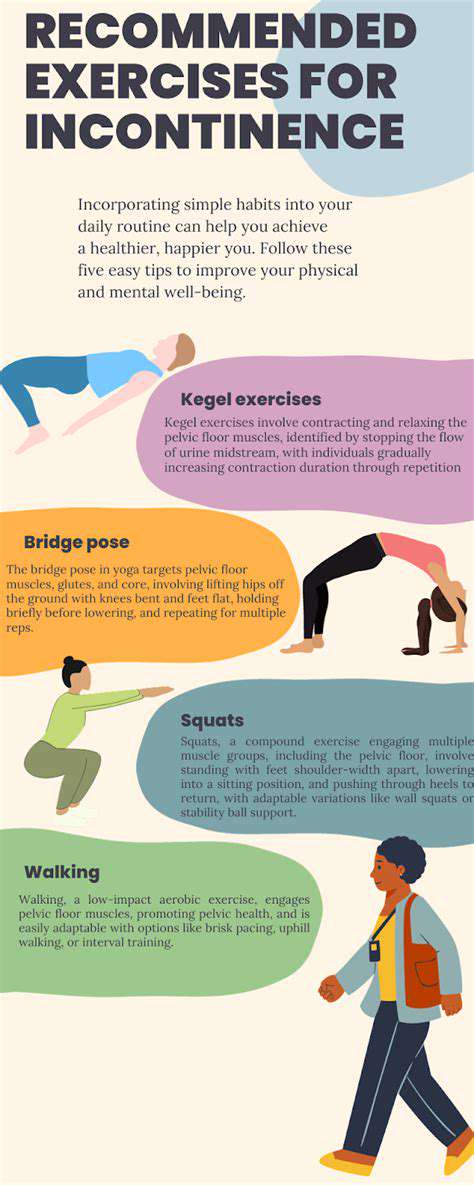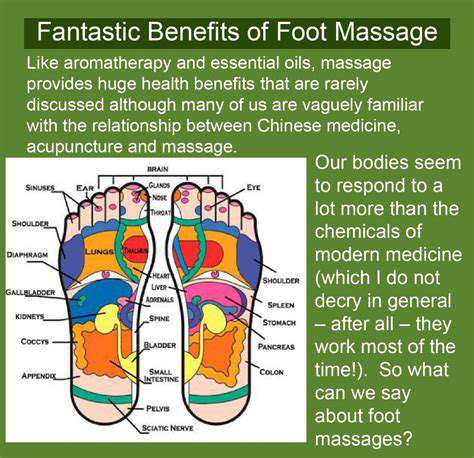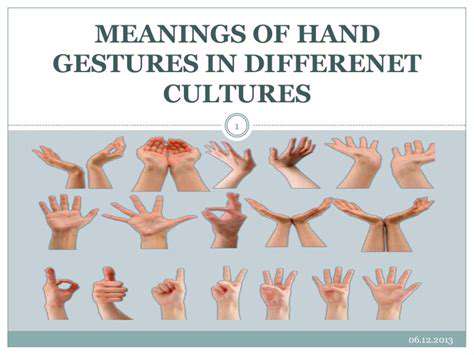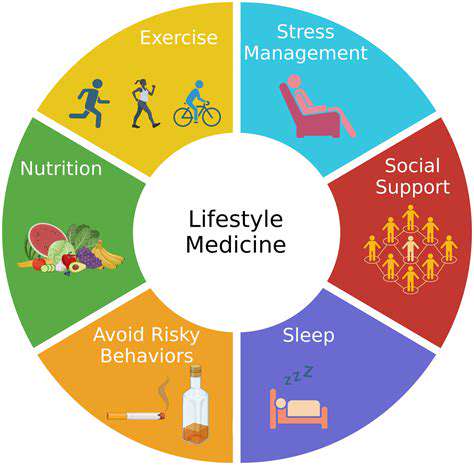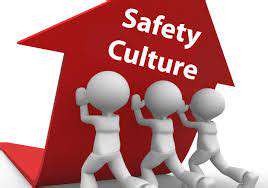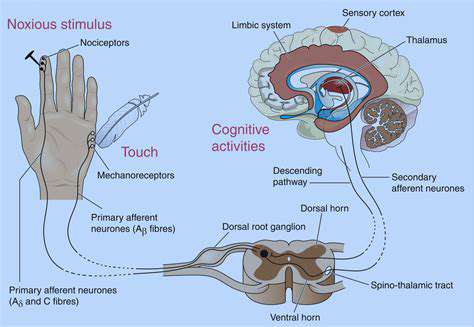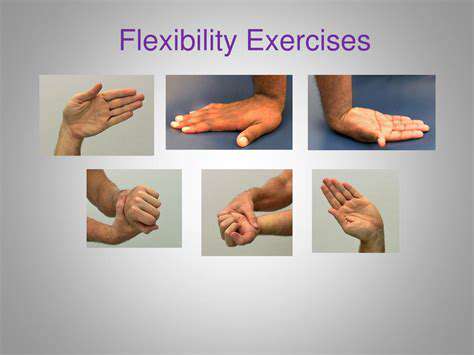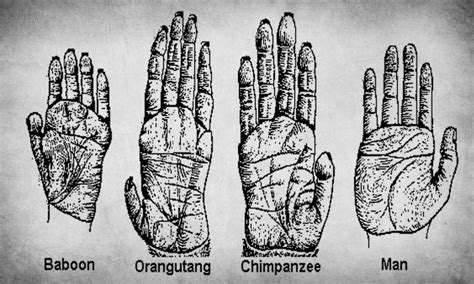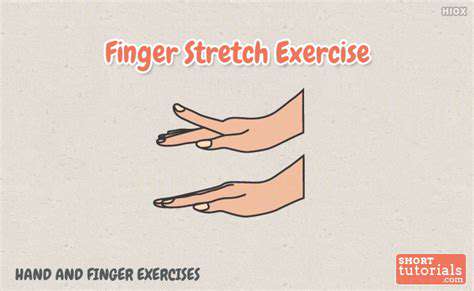Hand Health in the Digital Age
Carpal Tunnel Syndrome
Carpal tunnel syndrome (CTS) is a common ailment affecting the hand and wrist, frequently linked to prolonged periods of using digital devices. The repetitive motions and sustained postures associated with typing, gaming, or using a mouse can put pressure on the median nerve, causing pain, numbness, and tingling in the hand and fingers, especially the thumb, index, middle, and sometimes ring fingers. Understanding the symptoms and recognizing the risk factors associated with prolonged digital use is crucial for early intervention and preventing long-term complications. Early diagnosis and appropriate treatment can significantly improve the quality of life for those affected by this common hand ailment.
Several factors contribute to the development of CTS. These include repetitive hand movements, wrist postures held for extended periods, and underlying conditions like arthritis or pregnancy. Individuals with pre-existing conditions or those engaging in activities involving extensive hand movements are at a higher risk. Proper ergonomics and taking regular breaks are vital in mitigating the risk of developing CTS.
Trigger Finger and Thumb
Trigger finger and thumb, also known as stenosing tenosynovitis, are conditions characterized by a catching or snapping sensation in the affected finger or thumb when bending it. This is often accompanied by pain and stiffness, particularly in the morning or after periods of inactivity. The condition arises when the tendon sheath surrounding the affected finger or thumb becomes inflamed or thickened, causing the tendon to get stuck. The repetitive motions associated with digital use can contribute to this inflammation, making these conditions more prevalent in individuals who spend significant time using keyboards, mice, or other hand-controlled devices.
While often associated with repetitive use, trigger finger and thumb can also result from underlying conditions like rheumatoid arthritis or diabetes. Early detection is crucial for effective treatment, which may include physical therapy, splinting, or, in severe cases, surgical intervention. Modifying work habits and incorporating ergonomic practices can help alleviate symptoms and prevent further complications.
Understanding the causes and symptoms of trigger finger and thumb is important for preventing and managing this digital hand ailment. By taking proactive steps to identify the issue early on and addressing the contributing factors, individuals can significantly improve their hand health and overall well-being.
Early intervention is key to prevent the condition from worsening and causing long-term problems, such as permanent tendon damage.
The repetitive motions often involved in digital work, such as typing or using a mouse, can contribute to the inflammation and thickening of the tendon sheath, leading to the characteristic catching or snapping sensation.
Many individuals experience relief through simple measures like stretching exercises and taking frequent breaks to avoid prolonged periods of strain on the affected fingers.
Understanding the dimensions of your space is crucial when selecting a rug. A rug that's too small will make a room feel cramped and unfinished, while one that's too large can overwhelm the space, drawing attention away from other key features. Measure the length and width of the room, including any alcoves or irregular shapes, to get an accurate representation of the available floor space. Consider how the rug will fit within the existing furniture arrangement, ensuring there's enough space around the rug for comfortable movement and visual balance.
Seeking Professional Guidance: When to Consult a Healthcare Provider

Seeking Expert Advice for Career Advancement
Navigating the complexities of a career path can be daunting. Understanding market trends, identifying skill gaps, and developing a strategic plan for professional growth are crucial steps toward a fulfilling and successful career. Seeking professional guidance from mentors, career coaches, or industry experts can provide invaluable insights and support. This guidance can help you identify your strengths, weaknesses, and opportunities for advancement, leading to more informed decisions and ultimately, a more satisfying career trajectory.
Professional development is an ongoing process, and seeking guidance is an essential part of it. It allows you to gain perspective on your current position, evaluate your potential, and develop a plan to reach your career goals.
Identifying Your Strengths and Weaknesses
A crucial first step in seeking professional guidance is understanding your strengths and weaknesses. This self-assessment allows you to identify areas where you excel and areas where you need improvement. This knowledge is fundamental for creating a personalized development plan and for making informed decisions about your career path. Identifying your weaknesses is not about dwelling on shortcomings, but rather about acknowledging areas needing attention to enhance your professional capabilities.
Thorough self-reflection and honest evaluation are essential to a successful assessment. Consider past experiences, successes, and challenges, and analyze how you handled different situations. This process will provide valuable insights into your strengths and weaknesses, offering a solid foundation for future growth.
Understanding Industry Trends and Requirements
The job market is constantly evolving. Staying informed about industry trends and requirements is essential for career success. This involves research, networking, and continuous learning. Keeping abreast of the latest advancements and skill demands ensures you remain competitive and adaptable in your field. This knowledge allows you to anticipate industry shifts and adjust your career path accordingly, ensuring you are always prepared for new challenges.
Developing a Personalized Development Plan
With a clear understanding of your strengths, weaknesses, and the current industry landscape, you can develop a personalized development plan. This plan should outline specific goals, actionable steps, and timelines. This structured approach is essential for tracking your progress and maintaining focus on your career objectives. It helps you stay motivated and accountable, guiding you toward achieving your aspirations.
Utilizing Mentorship and Coaching Services
Mentorship and coaching programs can provide invaluable support and guidance. Mentors offer experienced perspectives, while coaches offer specialized support to help you overcome obstacles and develop essential skills. These programs can help you gain practical experience, refine your approach, and adapt your strategy for achieving your goals. They can provide encouragement, support, and guidance as you navigate the complexities of your professional journey.
Leveraging Resources for Career Advancement
There are numerous resources available to aid your professional development journey. These may include workshops, seminars, online courses, and industry publications. Taking advantage of these resources allows you to expand your knowledge and stay current with the latest trends in your field. By actively seeking and utilizing these resources, you can enhance your skills, knowledge, and overall career prospects.
Read more about Hand Health in the Digital Age
Hot Recommendations
- The Impact of the Digital Age on Hand Function
- The Role of Hands in Agricultural Innovation
- The Impact of Technology on Hand Artistry
- The Importance of Hand Care for Artists
- How Hand Control Enhances Robotic Surgery
- The Impact of Hand Strength on Physical Labor
- How Handwriting Influences Cognitive Development
- The Impact of Environmental Factors on Hand Health
- The Power of Hands in Building Community
- The Importance of Ergonomics in Hand Health
